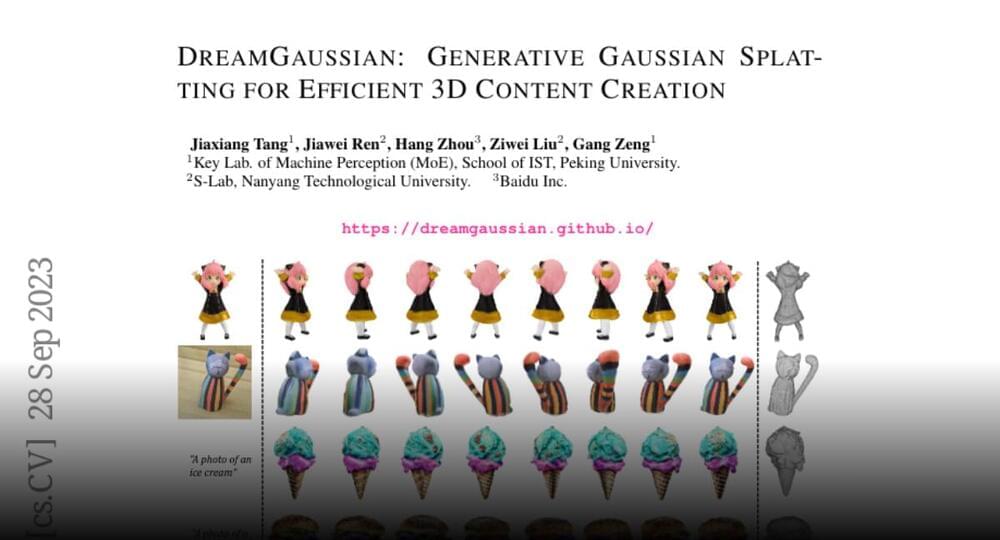Multifocal Choroiditis (MFC) patients with inflammatory choroidal neovascularization (iCNV) face challenges in visual and treatment outcomes. A recently published study delves into the effectiveness of Immunomodulatory Therapy (IMT) compared to an approach using steroids as needed, shedding light on visual and treatment outcomes. This study was published in the American Journal of Ophthalmology by Matteo Airaldi and colleagues.
Elon Musk said Neuralink’s first patient was recovering well after being implanted with a product called Telepathy.
Norway’s tiny NorSat-TD satellite has made its first contact with Earth from LEO using its innovative laser communications payload.
Research conducted by a team of scientists from Kaunas universities, Lithuania, revealed that low-frequency ultrasound influences blood parameters. The findings suggest that ultrasound’s effect on haemoglobin can improve oxygen’s transfer from the lungs to bodily tissues.
The research was undertaken on 300 blood samples collected from 42 pulmonary patients. The samples were exposed to six different low-frequency ultrasound modes at the Institute of Mechatronics of Kaunas University of Technology (KTU).
The changes in 20 blood parameters were registered using the blood analysing equipment at the Lithuanian University of Health Sciences (LSMU) laboratories. For the prediction of ultrasound exposure, artificial intelligence, i.e. analysis of variance (ANOVA), non-parametric Kruskal-Wallis method and machine learning algorithms were applied. The calculations were made at the KTU Artificial Intelligence Centre.
It’s been more than three years since the National Aeronautics and Space Administration made space-grown lettuce an item on the menu for astronauts aboard the International Space Station. Alongside their space diet staples of flour tortillas and powdered coffee, astronauts can munch on a salad, grown from control chambers aboard the ISS that account for the ideal temperature, amount of water and light that plants need to mature.
But there is a problem. The International Space Station has a lot of pathogenic bacteria and fungi. Many of these disease-causing microbes at the ISS are very aggressive and can easily colonize the tissue of lettuce and other plants. Once people eat lettuce that’s been overrun by E. coli or Salmonella, they can get sick.
With billions of dollars poured into space exploration each year by NASA and private companies like SpaceX, some researchers are concerned that a foodborne illness outbreak aboard the International Space Station could derail a mission.
Ball is not alone in calling for a drastic rethink of how scientists discuss biology. There has been a flurry of publications in this vein in the past year, written by me and others2–4. All outline reasons to redefine what genes do. All highlight the physiological processes by which organisms control their genomes. And all argue that agency and purpose are definitive characteristics of life that have been overlooked in conventional, gene-centric views of biology.
This burst of activity represents a frustrated thought that “it is time to become impatient with the old view”, as Ball says. Genetics alone cannot help us to understand and treat many of the diseases that cause the biggest health-care burdens, such as schizophrenia, cardiovascular diseases and cancer. These conditions are physiological at their core, the author points out — despite having genetic components, they are nonetheless caused by cellular processes going awry. Those holistic processes are what we must understand, if we are to find cures.
Ultimately, Ball concludes that “we are at the beginning of a profound rethinking of how life works”. In my view, beginning is the key word here. Scientists must take care not to substitute an old set of dogmas with a new one. It’s time to stop pretending that, give or take a few bits and pieces, we know how life works. Instead, we must let our ideas evolve as more discoveries are made in the coming decades. Sitting in uncertainty, while working to make those discoveries, will be biology’s great task for the twenty-first century.
An MIT biotechnology student has gotten “Doom” to run on a cell array full of gut bacteria, proving that it really does run on everything.
In the XXI century, the world of orbital launchers has started a revolution, a fundamental change of paradigm: the replacement of expendable rockets with reusable ones is well underway. This presentation summarizes the situation at the beginning of year 2024.
A short bio.
Alberto Cavallo is an Electrical Engineer, graduated at the Politecnico di Torino in 1985. He began his activity with designing electric systems in Fiat Engineering, the engineering and construction company of the FIAT Group, moving soon to control and automation systems in the same company. He was involved in all business areas of the company, which included revamping and new projects of car factories for the FIAT Group as well as large infrastructures, power and cogeneration plants for external clients. Among the projects of that time were the new FIAT factories in Melfi and Pratola Serra, the high speed railways Torino-Milano and Bologna-Firenze, the district heating system of Torino Sud, combined cycle power plants for several hundred megawatts in Italy and in Brazil. Since Fiat Engineering was transferred from the FIAT Group to a new EPC group and then merged with a large EPC company in Milan, he has been involved in large oil and gas and petrochemical projects all over the world. Besides his professional activity, he has always taken part in several cultural activities. He was a member of the Associations of Alumni of the Liceo Classico Vittorio Alfieri of Turin, active in promoting humanistic culture as well as its connection to the technical and scientific area. He manages his own website www.eurinome.it (in Italian only) about philosophy, science and politics/geopolitics. Due to this he got in contact with Adriano Autino and his TDF, then becoming one of the founding members of Space Renaissance International. Besides several papers in his professional area he has written several articles for his own site, for TDF and SRI, coauthoring the book “Three Theses for the Space Renaissance” with Adriano Autino and Patrick Q. Collins. He is currently member of the Board of SRI.









